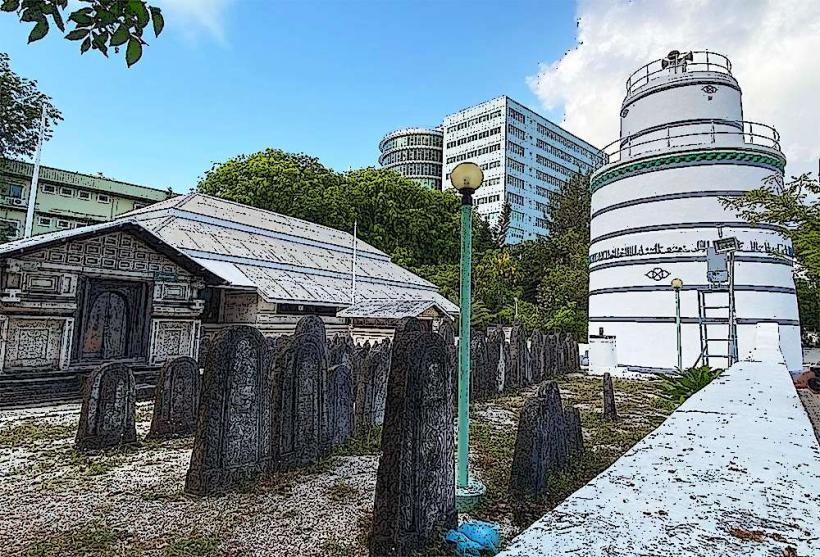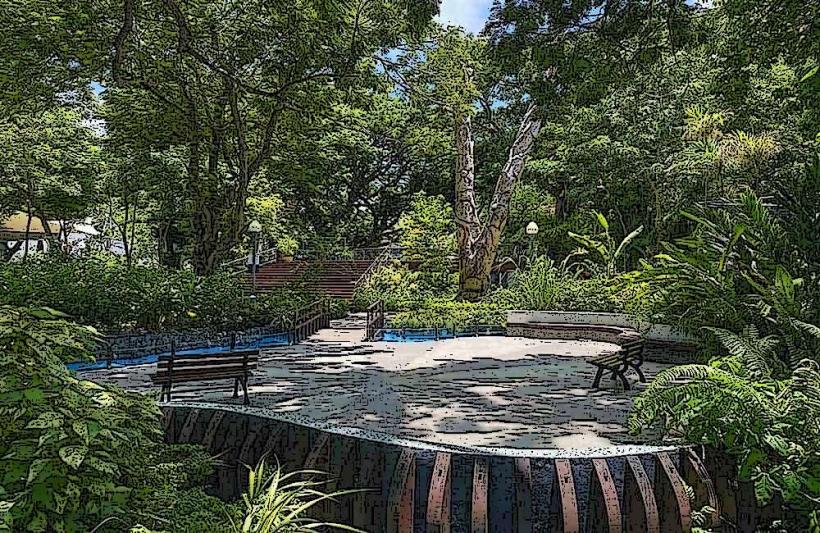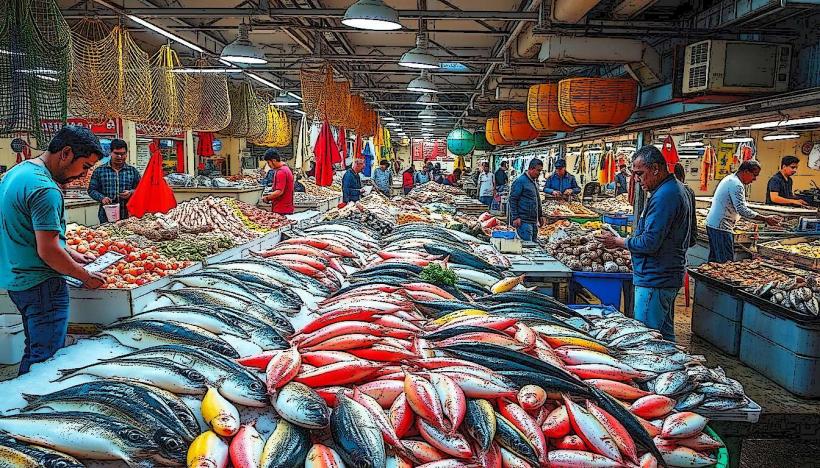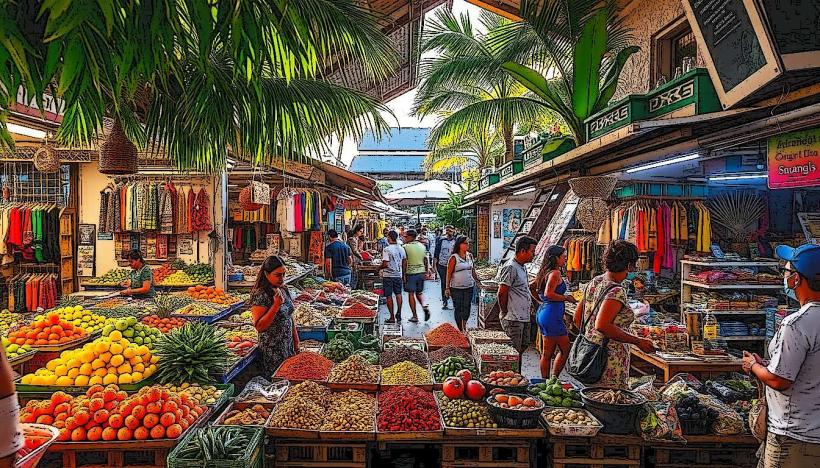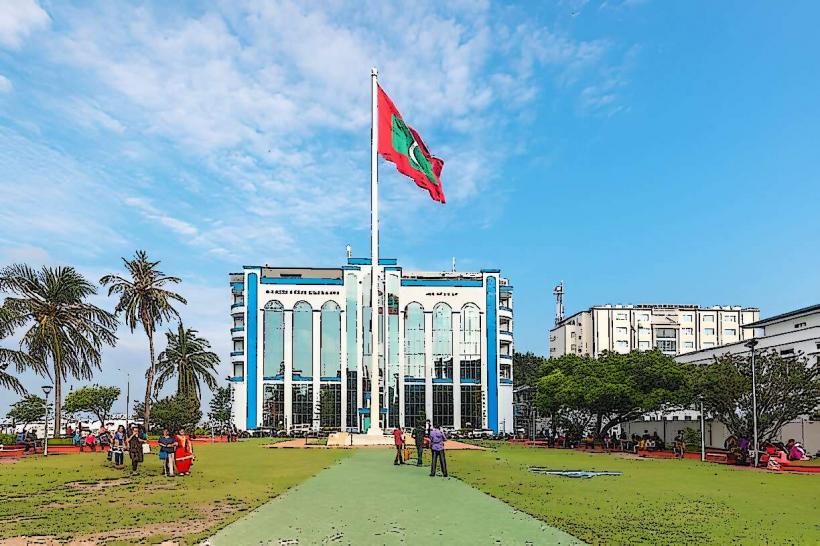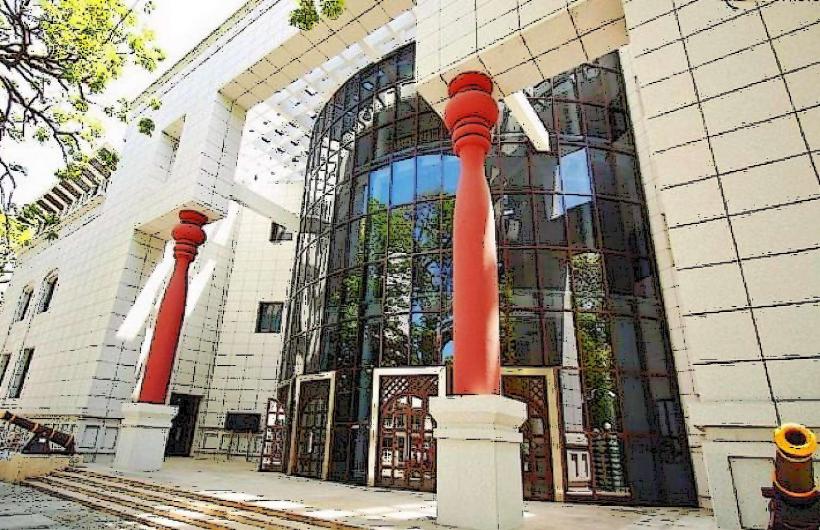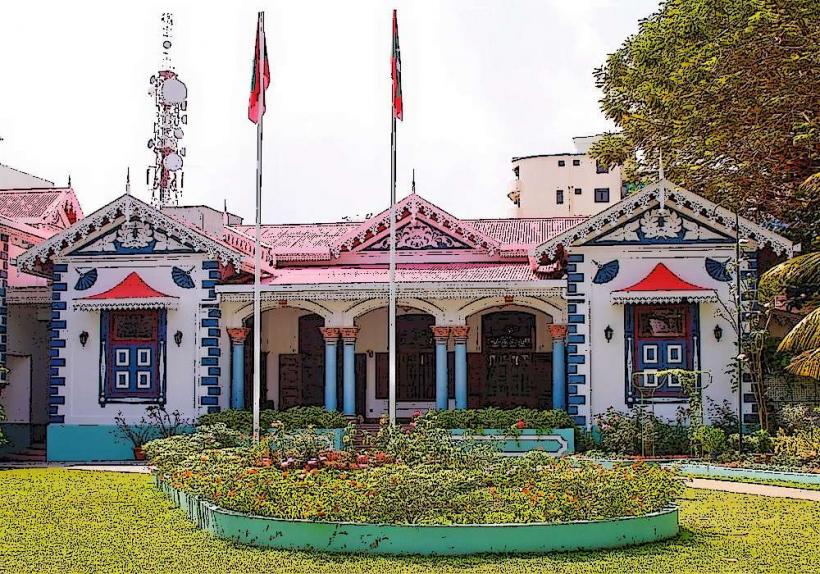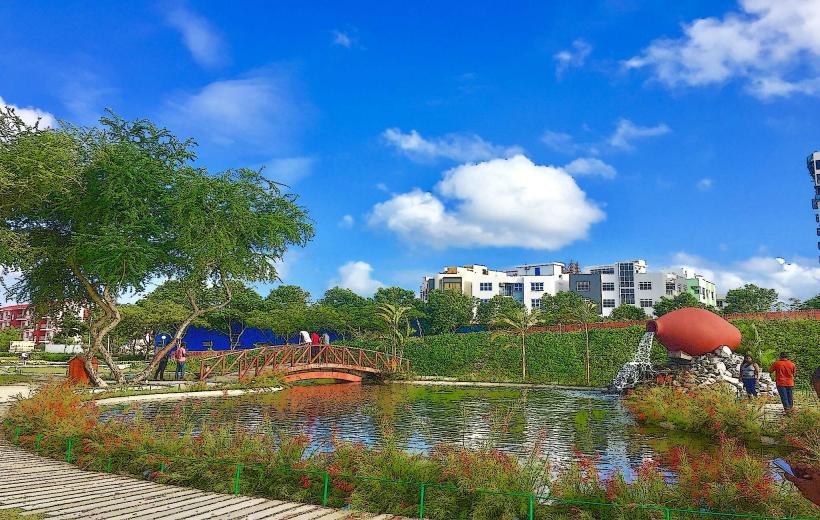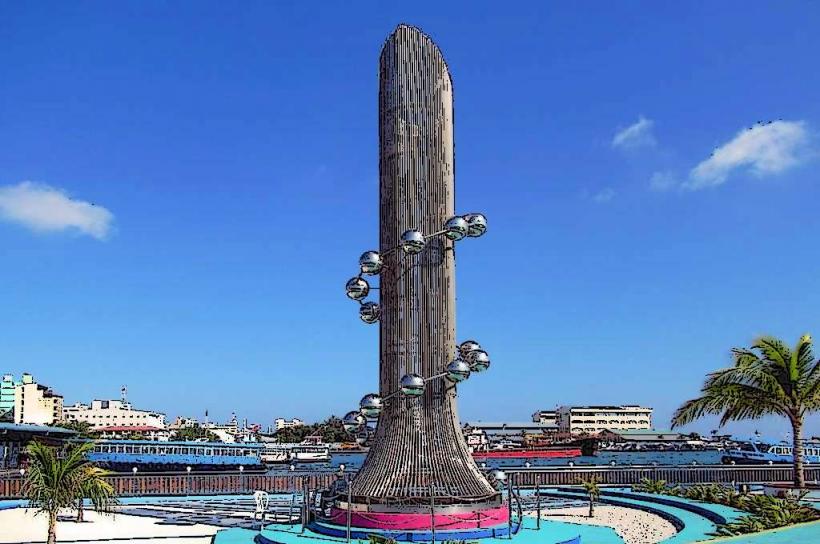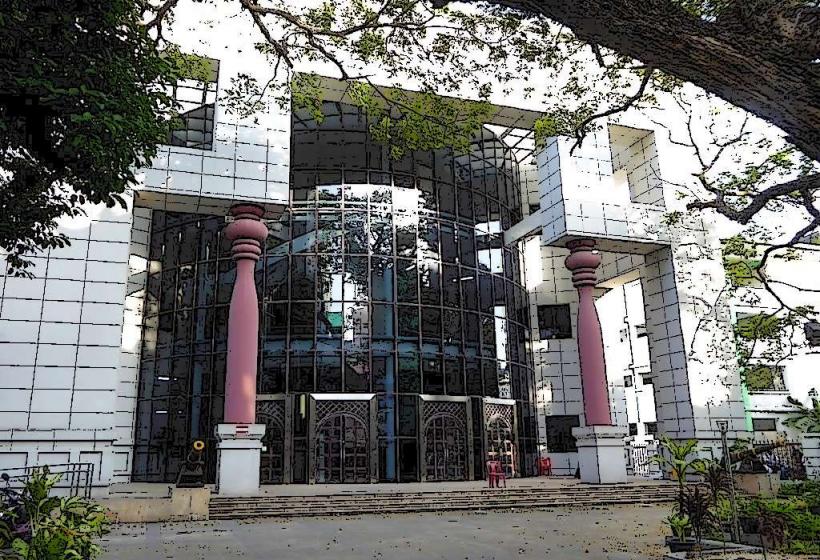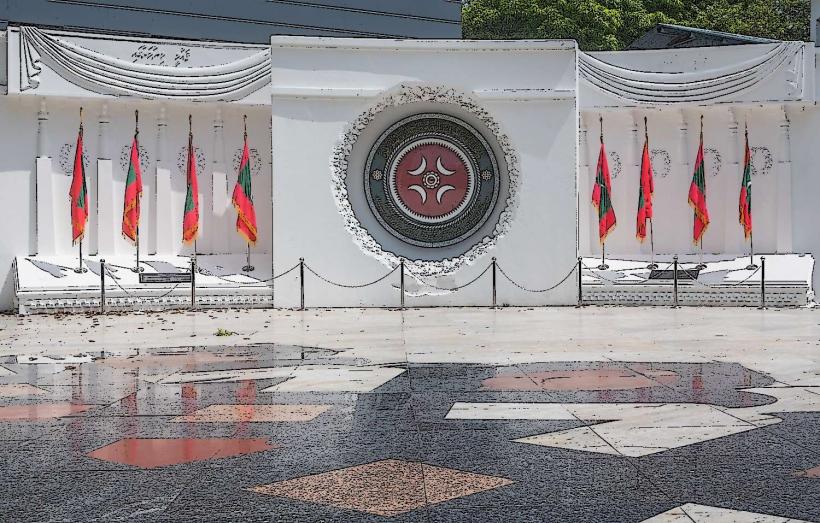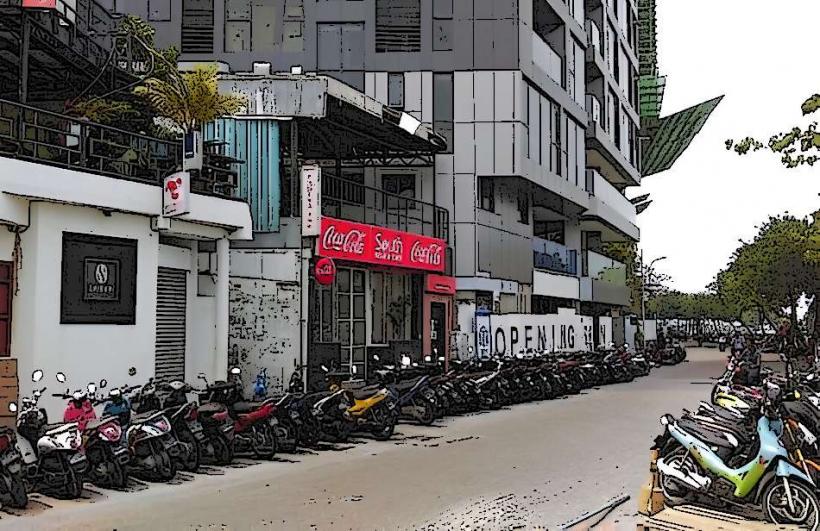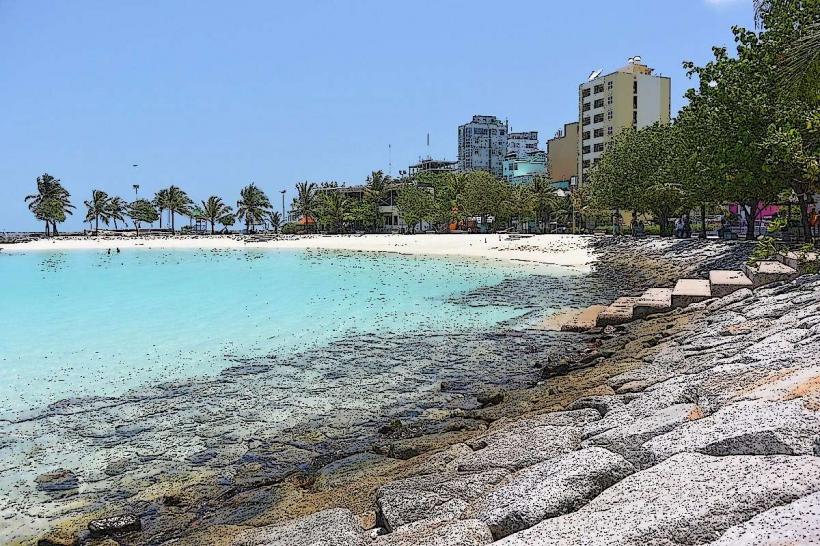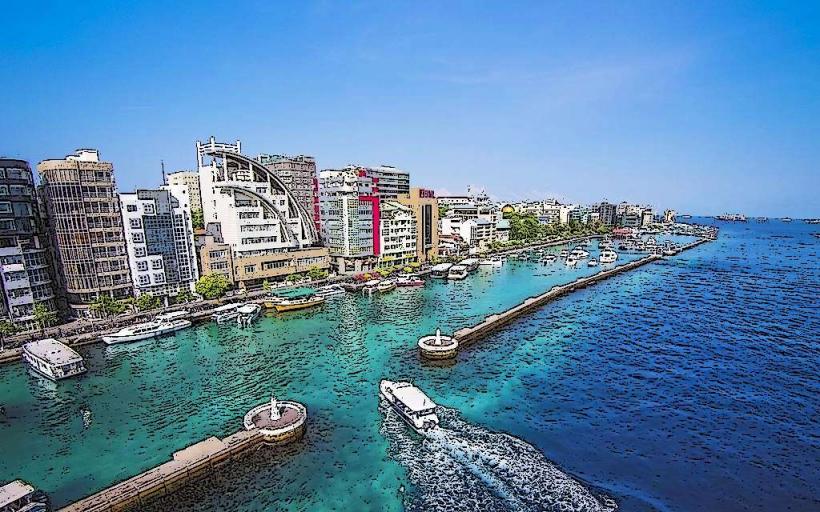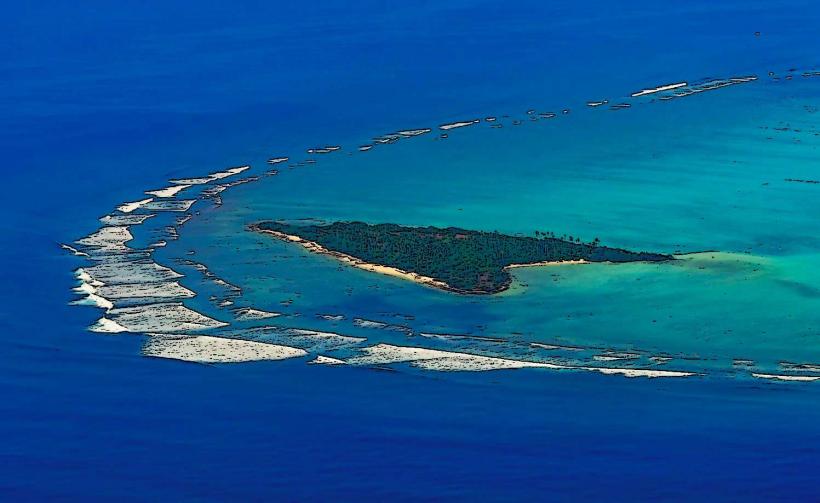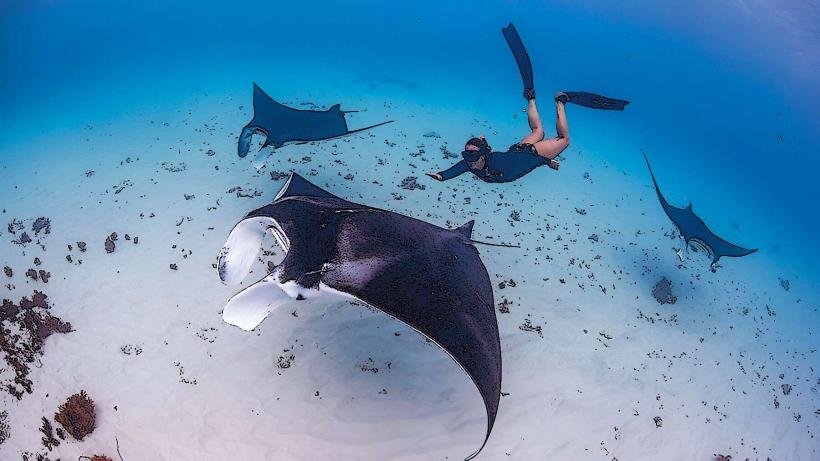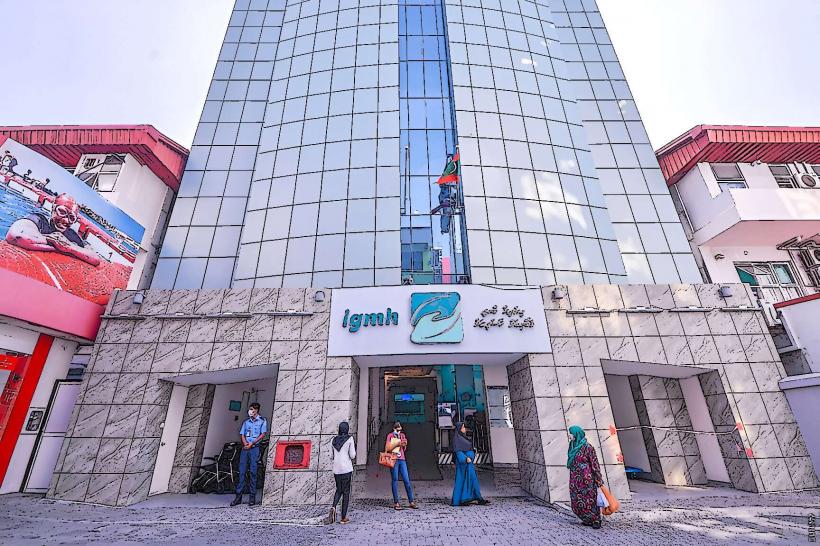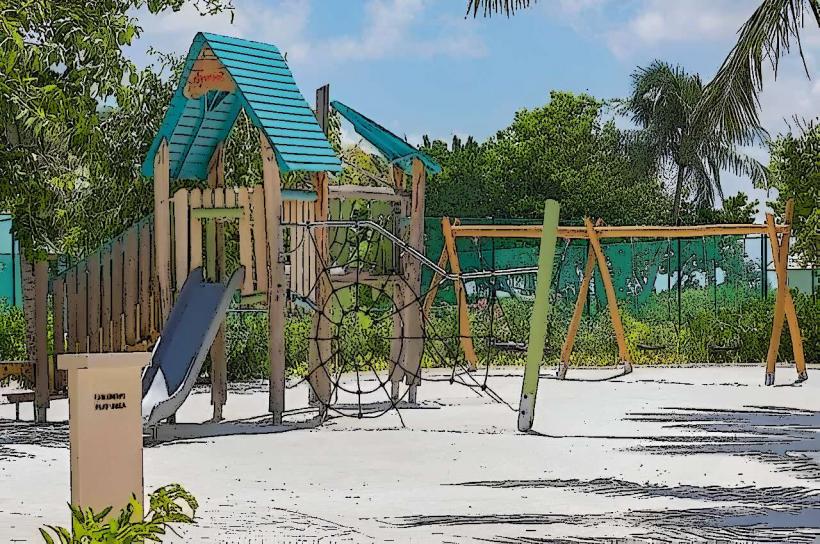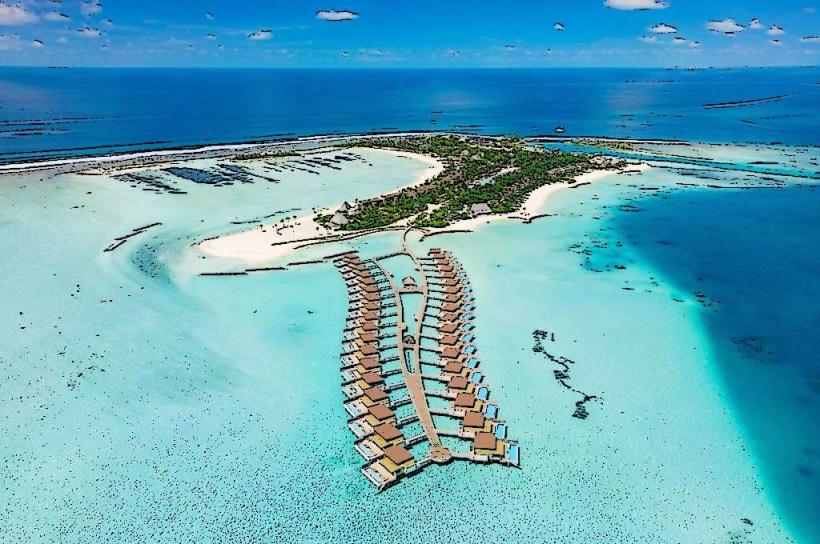Information
Landmark: Islamic Centre (Grand Friday Mosque)City: Male
Country: Maldives
Continent: Asia
The Islamic Centre (also known as the Masjid-al-Sultan Mohammed Thakurufaanu Al Auzam or simply the Sultan Mohamed Thakurufaanu Al Auzam Mosque) is one of the most significant landmarks in Malé, the capital of the Maldives. This iconic mosque is not only a place of worship but also a symbol of the country's Islamic heritage and cultural identity. Here’s a detailed look at the Islamic Centre:
1. Location:
- The Islamic Centre is located in the heart of Malé, near other important landmarks like the Republic Square, the Presidential Palace, and the National Museum. Its central location makes it one of the most visited and well-known buildings in the city.
- The mosque is situated in an area that is both easily accessible to locals and tourists, with a serene environment that contrasts with the busy urban surroundings of Malé.
2. History and Significance:
- The Islamic Centre was built in 1984 and was a significant milestone in the development of Maldivian architecture and Islamic culture. The mosque was constructed to accommodate the growing Muslim population in the capital and to serve as a center for religious and community activities.
- The mosque is named after Sultan Mohamed Thakurufaanu Al Auzam, a revered Maldivian national hero who is credited with repelling the Portuguese invaders in the 16th century, playing a crucial role in preserving the Islamic faith and the independence of the Maldives.
- As the largest mosque in the Maldives, the Islamic Centre stands as a central place of worship for the local Muslim community, hosting daily prayers, Friday prayers, and special religious events.
3. Architecture:
- The mosque's architectural design is influenced by Islamic and Arabic styles, combining traditional Maldivian elements with broader Islamic architectural themes.
- Domes and Minarets: The mosque features an impressive golden dome and tall minarets, which are prominent features of Islamic architecture. The golden dome is one of the most recognizable aspects of the building and adds to the grandeur of the mosque.
- Spacious Prayer Hall: Inside the mosque is a vast prayer hall capable of accommodating a large number of worshippers. The hall is beautifully designed, with intricate patterns and carvings, typical of Islamic art. The large central carpet and prayer area are designed to ensure comfort for those attending the mosque.
- Calligraphy and Decorations: The walls of the mosque are adorned with Islamic calligraphy and verses from the Quran, adding to the spiritual atmosphere. The decorations inside reflect the deep religious and cultural values of the Maldivian people.
- Interior Design: The interior is elegant yet simple, with an emphasis on tranquility and focus during prayers. The mosque also features a minbar (pulpit) for sermons and a mihrab (prayer niche) indicating the direction of Mecca.
4. Role as a Community Centre:
- Beyond its role as a place of prayer, the Islamic Centre serves as a community hub for educational, social, and cultural activities. The mosque offers religious classes, lectures, and seminars to promote Islamic knowledge and practices within the community.
- It also acts as a center for religious celebrations and events, such as the observance of Ramadan, Eid al-Fitr, Eid al-Adha, and the Friday prayers (Jumu'ah), which are an important part of the weekly routine for Muslims.
- The mosque is not only a site for worship but also plays an important role in charitable activities, providing support for local initiatives and assisting the underprivileged in the Maldivian community.
5. Cultural and National Importance:
- The Islamic Centre is a symbol of Islamic identity in the Maldives, as the country is a Muslim-majority nation, and Islam is the state religion. The mosque reinforces the country’s religious heritage and serves as a symbol of national unity.
- It holds cultural and political importance, representing the spiritual center of the capital. The mosque’s name and design are also reflective of the country’s pride in its long history of Islamic faith and its deep-rooted ties to Arab and Persian influences.
6. Tourism and Visitors:
- The Islamic Centre is one of the key landmarks for visitors to Malé. While the mosque is primarily a place of worship, it is also open to tourists outside of prayer times. Visitors can learn about Islamic culture, the significance of the mosque, and its historical role in the Maldives.
- The mosque’s beautiful architecture and tranquil atmosphere make it a popular spot for photography and sightseeing. Tourists can visit the mosque respectfully while adhering to the local customs and dress codes.
- It is a good idea to visit during the early afternoon or evening, outside of prayer times, to explore the mosque and its surroundings.
7. Opening Hours and Visitor Etiquette:
- The Islamic Centre is open to the public during non-prayer times, but tourists are expected to follow local customs. Visitors are usually asked to dress modestly, with both men and women covering their arms and legs. Women are often required to wear a headscarf when entering the mosque.
- Prayer times (especially during Ramadan and Eid) are the busiest, so visitors should plan their visits around these periods to avoid disturbing worshippers.
- No photography is allowed inside the mosque during prayers, but photography of the exterior is generally permitted.
8. Additional Facilities:
- Library: The Islamic Centre also houses a library that is open to the public, offering a variety of books and materials related to Islam, Maldivian history, and culture.
- Conference Hall: The mosque has a large conference hall for religious events and lectures, contributing to the spread of Islamic knowledge and teachings.
9. Community and Education:
- The mosque also plays a significant role in the education of young Maldivians. It provides Islamic schooling and Quranic studies for children, helping to ensure the continuity of Islamic teachings across generations.
- The educational programs offered by the Islamic Centre are an essential part of the national curriculum in the Maldives, providing a foundation in religious studies alongside formal education.
10. Conclusion:
The Islamic Centre in Malé is not just an architectural wonder but a crucial part of the cultural and spiritual fabric of the Maldives. It serves as the largest mosque in the country and a focal point for worship, education, and community engagement. Visitors to Malé should consider exploring this magnificent structure to understand the central role Islam plays in the lives of Maldivians and to appreciate the rich cultural and historical significance of the mosque.

